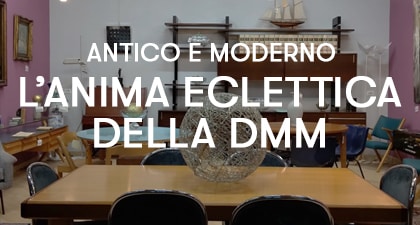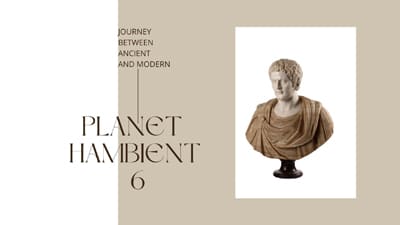
Today’s word is: Opus sectile. In this article we will explain the origins of this very complicated technique but with which great results are obtained. In addition, thanks to a table in our gallery we will analyze the various steps of the processing of the salesman.
WHAT IS THE OPUS SECTILE?
The term comes from the Latin committere (to put together). This term indicates any work carried out through the combination of elements of different shapes and colors.
FLORENTINE SALESMAN

Between the sixteenth and seventeenth centuries in Florence the term was used in reference to the technique of processing “very hard stones and joy, to make figures, animals, fruits, flowers, and everything else, appear in tables, in cupboards, and in similar works” (F. Baldinucci – 1681).
Right here in 1588 Ferdinando I de’ Medici opened a specialized workshop – Opificio delle pietre dure – in the technique of the clerk. Here they worked plans for furniture and objects such as jambs, caskets and paintings depicting geometric, floral and plant motifs, landscapes, portraits or entire scenes.
Thanks to the great study of this technique by the Florentines, great results have been achieved. From the combination of marbles and colored stones it is possible to Create gradients, details, and shadows. The chromatic effects obtained are completely comparable to painting.
This explains why he is called “commesso fiorentino“. A great study that led to great results.
A little curiosity: the laboratory set up by the Medici family, although with a different function, is still in use today.
THE PROCESSING OF THE SALESMAN: what are the differences with the mosaic?
The semi-precious stones used were semi-precious ones such as: amethyst, agate, chalcedony, jasper, lapis lazuli, onyx, etc …
To make you understand the difficulty of processing the salesman we decided to show you a Neapolitan table in our gallery.


Its preciousness is noted not only for the round marble top committed but also for its structure consisting of a trunk and small twigs completely gilded.
Let’s explain, then, how it was possible to obtain such detailed drawings of the vase with flowers, the dove, the phytomorphic motifs and the Greek.
The first step involved the preparation of the preparatory drawing that defined the subject to be realized. Once this was done, the type of stones to be used was decided.
At this point the stones were cut. It is precisely at this stage of processing that the difference with the mosaic is found. In the latter the stones are cut following geometric shapes while for the salesman the lines of the preparatory drawing are followed. A metal wire is used for cutting.

The stones, once cut, were ready to compose the design. They fit together and stick together with the support surface as in puzzles.
The last step of processing is the polishing of the surface.
The processing does not involve many steps but, despite this, requires great dexterity. We tried to replicate these steps with a machine but, the automated mechanisms that characterize the technology fail to recreate the sense of beauty of manual skills.
OTHER USES OF THE TERM
The term, as Vasari points out, was initially used to refer to the same process but used in another context. He informs us, in fact, that Sandro Botticelli was among the first to “work the banners and other drapery, as they say, of salesman …”. A work that involved the combination of pieces of drapes of different colors and not stones to obtain figures.
In our gallery we have many other unique pieces of antiques made with the salesman’s technique. You can come and visit our warehouses by appointment or whenever you want with our virtual tours!
Discover our wide selection of antiques!







